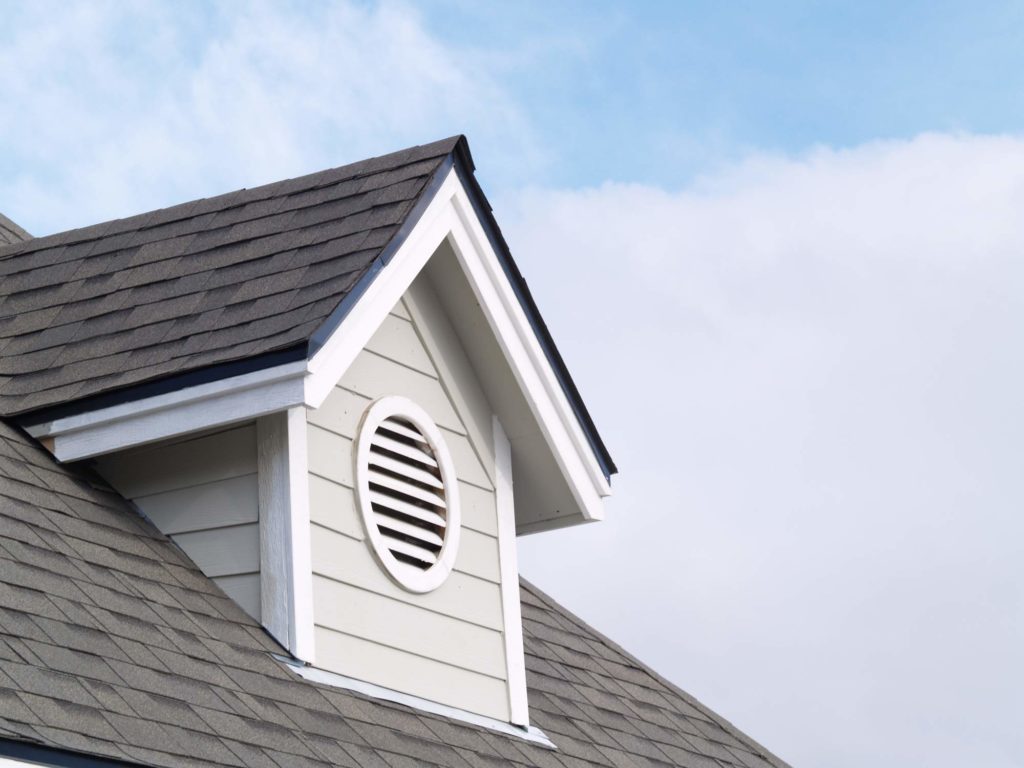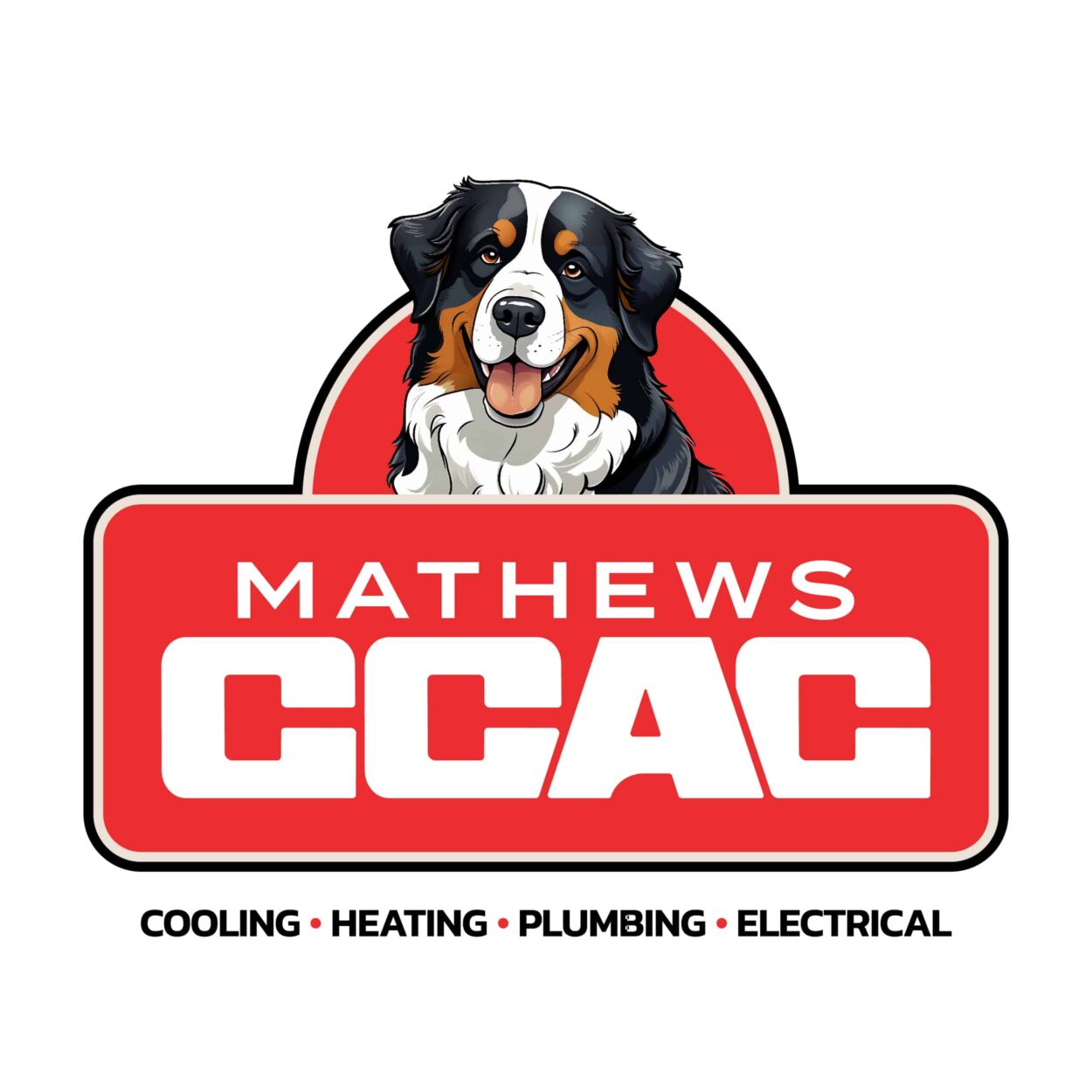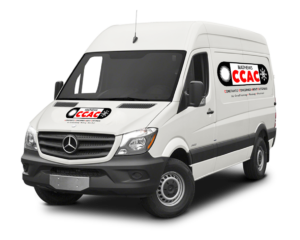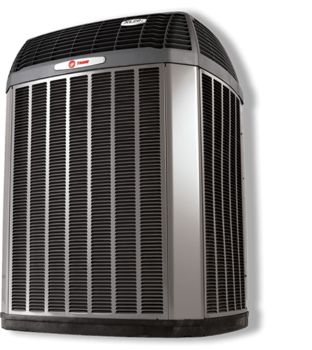
A direct relationship exists between adequate attic ventilation and comfort in the living spaces below. While attics are seldom visited, conditions in that zone above your ceiling can directly impact cooling and heating costs and even a healthy household environment. Here are two prime reasons:
- During the summer, attics become a reservoir of extreme heat — heat which radiates through ceilings into the rooms below. This heat gain causes your air conditioner to run longer cycles to sustain thermostat settings. Monthly cooling costs rise and HVAC components take on more wear and tear.
- Insufficient attic ventilation also contributes to humidity accumulation. The enclosed, moist environment may trigger attic mold contamination, which spreads microscopic, airborne spores throughout the house. Many individuals experience allergic reactions to mold.
How Much Attic Ventilation Is Enough?
The basic formula for a typical residence is 1 foot of passive vent opening per every 150 square feet of attic size. Ideally, the total vent space should be equally divided between lower soffit vents and upper vents at the roof peak.
Attic-Vent Options
- Passive ventilation. Most homes are constructed with passive attic ventilation, which consists of intake vents installed in the soffits near the eaves and exhaust vents near the roof peak or in the roof gables. Hot air naturally rising out through the upper vent openings induces a flow-through circulation inside the attic that draws cooler outdoor air in through lower soffit vents. Passive attic ventilation may be mechanically assisted by installing wind turbines on the upper vent openings. As turbines rotate in the wind, hot air is drawn out of the attic more forcefully.
- Active ventilation. Powered vent fans installed at the roof peak boost air circulation out of the attic. The air-movement capacity of typical residential units ranges from 800 CFM (cubic feet per minute) up to 1,600 CFM. Powered attic fans require attention to sealing structural cracks and gaps in the ceiling and in the walls below to prevent loss of air-conditioned air.
For more information about the benefits of effective attic ventilation in the Coastal Bend, contact CCAC.












